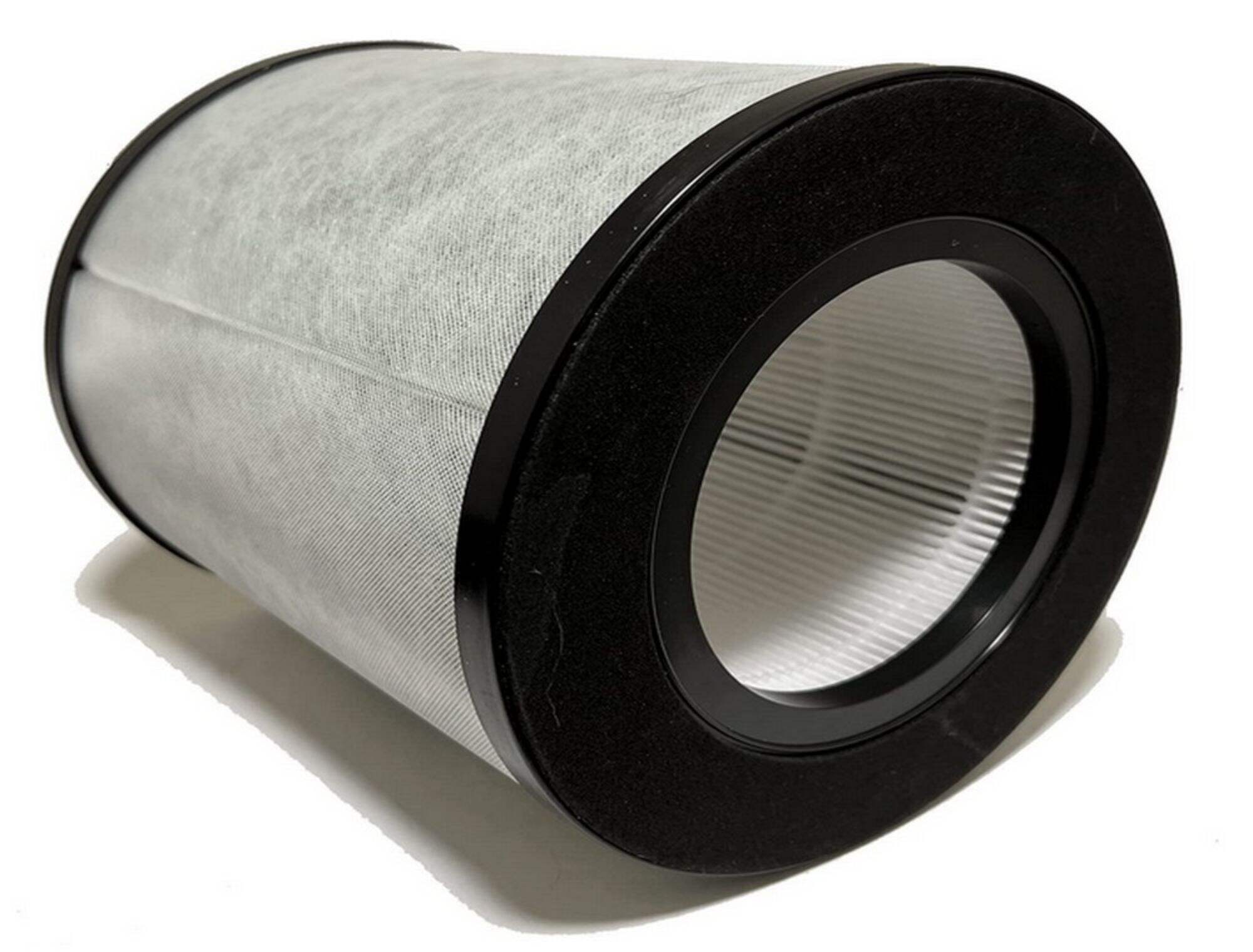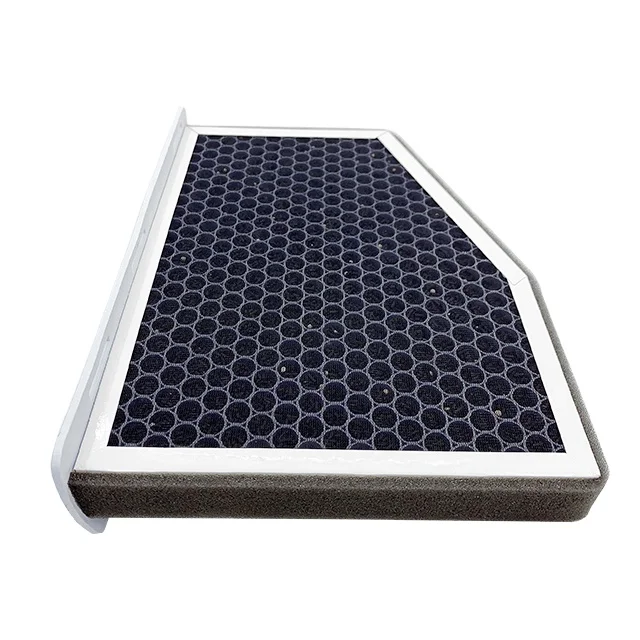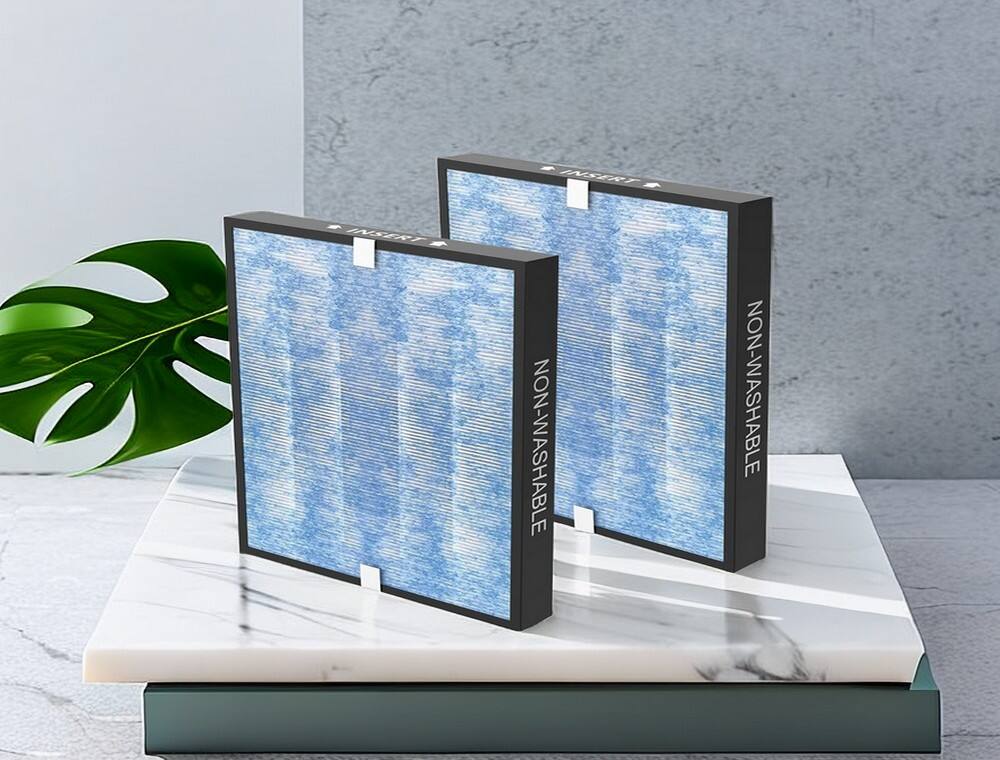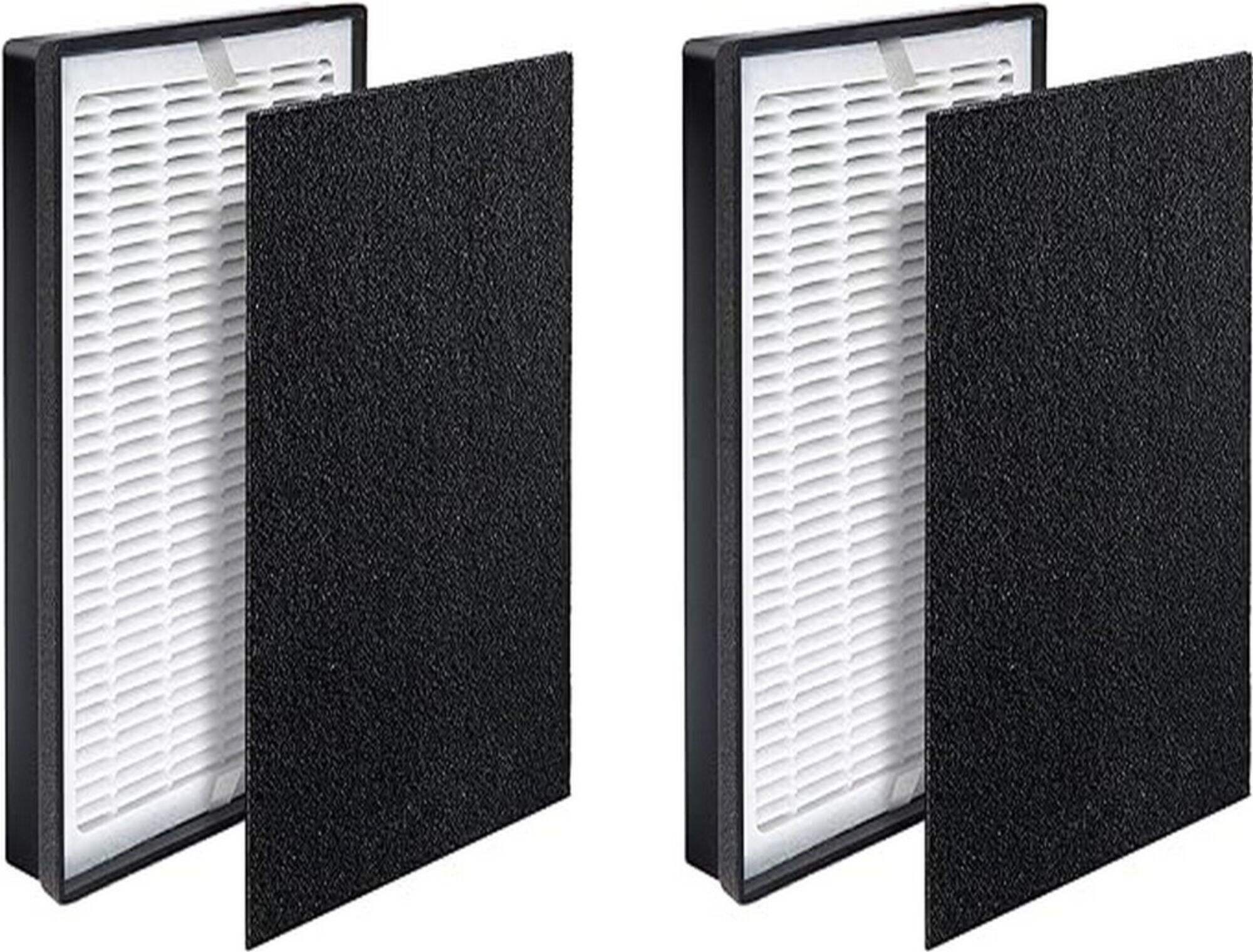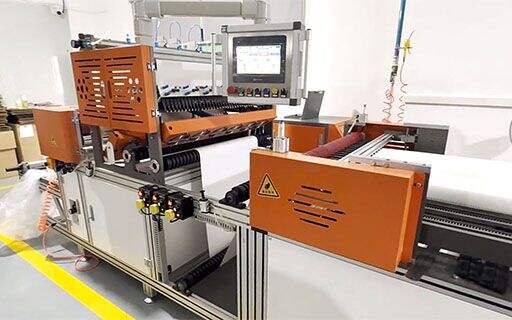The Power of Adsorption Activated Carbon Air Filters
Activated carbon air filters have become a popular option for many homes and businesses as people seek cleaner and fresher indoor air. These filters are designed to remove gases and control odors by utilizing special features of activated carbons, thus a must-have for maintaining healthy living or working environment.
What is Activated Carbon?
Activated carbon also called activated charcoal is a type of processed carbon that possesses an extremely wide surface area due to its porous structure. This has been achieved through passing hot steam, hot air as well as carbon dioxide through the carbon so that it creates tiny holes within the structure. In this way, much larger areas are provided for the absorption of gas molecules.
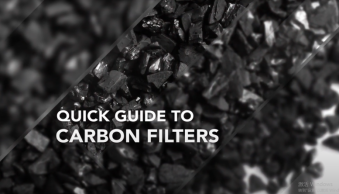
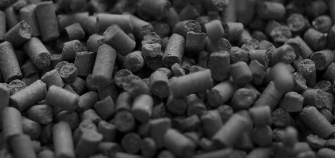
The Power of Adsorption
Adsorption is the process by which activated charcoal removes impurities from the air. Adsorption involves molecules sticking on outside surfaces rather than being soaked into a substance like in absorption. For instance, activated charcoal with more pores will have more contaminants clinging on it’s surface. As gasses flow through these filters, their compounds causing bad smells get absorbed onto an active layer of charcoal resulting in clean air.
Capturing Volatile Organic Compounds (VOCs)
Activated carbon air filters can be used to handle volatile organic compounds (VOCs) among other things. VOCs are produced by various household items such as paints, cleaning products and construction materials. They are generally harmful to human health hence they should be removed from indoor environments where they may exist. Because they have high surface areas attraction towards them active carbons serveas good traps for VOCs.
Odor Control
Activated carbon air filters do not only take care of gases but also work effectively in controlling odor. The presence of many pores in activated charcoal allows plenty room for entrapping odor- causing molecules therefore making it an appropriate remedy to nasty smells such as those caused tobacco smoking, cooking and pets.
Limitations and Improvements
Activated carbon air filters are very effective at removing gases and controlling odors. Fine particles like mold spores, dusts or pollens are not easily eliminated by these filters. This has resulted in the combination of many HEPA (High Efficiency Particulate Arresting) fine media to activated carbon air filters to remove them.
Furthermore, activated carbons can be modified for additional effectiveness through treatment with chemicals that enhance their attractive power towards certain contaminants. By doing this, it is possible to have filters made for addressing specific indoor air quality-related problems.
In indoor environments activated carbon air filters function effectively in removing gasses and purifying air against smells. Their adsorption properties coupled with the ability to be enhanced for particular pollutants creates a flexible tool of cleaning up both fresher breathes or cleaner surroundings. In both eliminating unwanted odors and neutralizing VOCs, activated carbon air filters are essential components of any healthy living space or workplace environment.
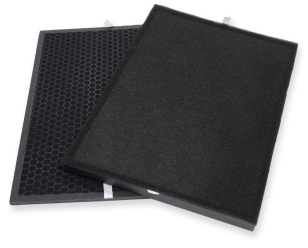
Recommended Products
Hot News
-
What You Need to Know About AIRCARE Humidifier Filters
2024-01-24
-
Filtration Show 2023 USA
2023-12-13
-
Filtech 2024 Germany
2023-12-13
-
Obtain Patent Certificate
2023-12-13

